The Triathlon race day is the culmination of weeks or months of hard work and dedication in preparation for a triathlon event. It’s the moment when all your training, discipline, and commitment converge into a single day.
To make the most of this pivotal day, it’s essential to have a strategic approach and a well-thought-out plan.
Let’s explore a comprehensive set of triathlon tips for race day that will help guide you and optimize your performance to achieve your goals.
Whether you’re a beginner or an experienced triathlete, these strategies will give you a competitive edge and enhance your overall race-day experience on your next triathlon event.
Tips for Before the Triathlon Race Day
The day before the race is a crucial time to prepare your mind and body for the upcoming triathlon. Here are some essential tips to make the most of this day:
- Familiarize yourself with the Triathlon course: Take the time to study the course and understand its layout. Identify any challenging segments, inclines, or technical sections that may require special attention during the race.
- Practice a dry run: Do a dry run of each race transition to get a feel for your gear organization. This way you can make the necessary changes depending on how you feel about the practice.
- Check your bike: Make sure your bike is in working condition and won’t give you a headache on race day. Check the tubes and put new ones in if the tires are old.
- Make a race day checklist: Be sure to make a sort of triathlon race day checklist just to be sure that you have everything you need for the big day.
- Label your gear: Write your name and number on the triathlon gear you will be leaving in the transition areas. For example: inside the helmet, cycling shoes, wetsuit, bags, etc…
- Fitness monitor: If you have or plan to use a fitness monitor, check the batteries. They need to have enough charge to last the entire race.
- Avoid using new gear: On race day you really don’t want to have nasty surprises or complications that could have been avoided. Use gear that you are comfortable with and have had their break in period. This is one of the most underrated triathlon tips for race day that we can give you.
- Consistent diet: Be consistent with your diet. Don’t take risks by eating food that you are not used to. You don’t want digestive problems to ruin the race. You should stick to the same diet for the whole week of the Triathlon race. Start the diet a minimum of 3 days before race day.
- Try to rest and relax: This part might be a little difficult on the day before the Triathlon race. At this point, you might be feeling anxious and nervous about the race but try to stay calm. Find ways to relax your body and take your mind off of the race.
The best time to get some quality sleep will actually be 2 nights before the race day. You will most likely be less stressed about it and will be able to sleep better.
The Night Before the Race
The night before the race is a critical time to ensure you get adequate rest and finalize your preparations. Here are some essential tips to make the most of this evening:
- Prepare your race bag: Take the time to organize your gear. Lay everything out and go through your race day checklist. Group the items by each race leg. Swim, swim to bike transition bag, bike special needs, bike to run transition, run special needs.
Keep them all in separate bags and put them in your transition bag.
- Prepare yourself mentally: It has been proven that being mentally prepared helps athletes boost their performance. So, another triathlon tip for race day is to visualize yourself in the race. Do each part of the race mentally so that you start feeling prepared and have trust in your plan.
- Don’t drastically alter your plans: Remember when I told you to mentally prepare for the race? Well, that doesn’t mean that you should start overthinking and decide to make drastic changes. Trust your plan. You got this!
- Get a good amount of quality sleep: This one is a no-brainer. You need to be well-rested for the big day. Aim to get at least 7-9 hours of sleep so that you feel well-rested. Getting a good amount of sleep is important for a triathlete as it ensures physical and mental readiness.
The Morning of the Race
The morning of the triathlon event sets the tone for your entire race day experience. It’s crucial to start the day on the right foot and prepare your body and mind for the upcoming triathlon.
Here are some key tips to maximize your morning routine:
- Eat a light, balanced breakfast: Opt for a breakfast that is easily digestible and provides a good balance of carbohydrates, protein, and a moderate amount of healthy fats. Eat 2-3 hours before the race so you have time to digest the food.
- Dress in layers: Wear all the clothes you will need in layers. Put on your swimsuit, a tri suit on top of that (or compression clothing), some sweat pants and a sweatshirt.
- Arrive early: Try to get there as early as possible. In the case that the transition spots are not pre-assigned, you can have better choices at your disposal.
- Check-in for the race: Locate the registration area and provide the necessary documents to verify your identity. This typically includes a photo ID and your race number. Collect your race packet.
- Set up your transition areas: Find your designated spot in the transition area and lay out your gear in an organized manner. Ensure that your bike is in the correct gear for the start of the race. Place your helmet, shoes, sunglasses, and any other necessary items within easy reach. Do this before the transition deadline ends.
- Special needs bags: These bags are used on the halfway points of the bike and run legs of the triathlon event. They should contain food, drinks, sunscreen… Give the bags to the volunteers and they will take them to the right places.
The Transition Area
The transition area is a crucial zone where you transition from one discipline to another during a triathlon. Efficiently navigating this area can save you precious time and help maintain momentum throughout the race.
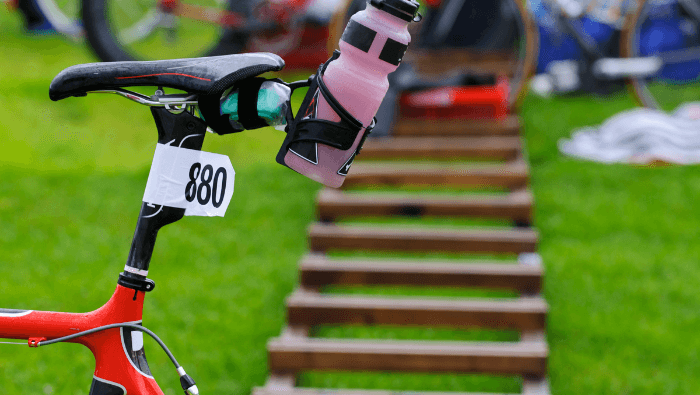
Here are some essential triathlon tips to optimize your transition area experience on race day:
- Pick and remember the location: If you have the privilege of choosing your own spot, pick one that is close to the exit. Make it easy to find by placing something colorful like a balloon, a flag or a colorful towel.
- Set up your gear for the transitions: Always lay your triathlon gear on an open towel. This way you can dry your feet while doing other stuff like putting on a helmet.
Open the straps on your cycling shoes. Use talc powder to make it easier to put on the shoes. Have your socks in the shoes.
Attach your race number to your gear. Do not fold or cut to not risk getting a penalty.
Put your sunglasses in your helmet. Have the helmet upside down with the straps out. This will make it easier to put on the glasses and then the helmet. Have the sunglasses pre-adjusted to fit.
If the weather is not favorable. Cover all your gear with plastic.
- Minimize clutter: Keep your transition area free from unnecessary clutter. Only include the essential items required for each leg of the race.
Clear away any excess clothing, gear, or nutrition wrappers to avoid confusion and ensure smooth movements during transitions.
Tips for the Individual Legs of the Triathlon Race
Now let’s break down each leg of the triathlon event and give you tips that should make your race day experience a lot smoother.
Swim Leg
The swim leg of a triathlon is the first discipline and often sets the tone for the rest of the race. Here are some tips to help you navigate the swim leg effectively:
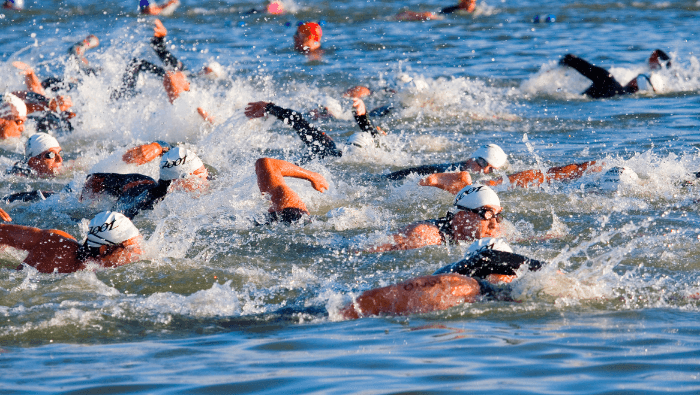
- The wetsuit: Wetsuits are allowed but are optional. You can do fine with just a swimsuit unless the water is really cold. Depending on the race, you may need an approved wetsuit.
An important triathlon tip for race day is to lube yourself generously before putting on the wetsuit. Use a lube that is designed for triathletes.
- Goggles: Always have 2 pairs of goggles – a clear pair and a darker pair. Have a backup pair of goggles in case something breaks like a strap.
- Swim caps: Have an extra cap since they have the tendency to rip easily. If a cap is provided by the race organization, try it on before. If the water is really cold and you want to use 2 swim caps, remember to keep the official cap on the outside.
- Take a look at the swim course: Look at where the course goes. Spot the buoys and look for landmarks around the buoys to know where you are.
Position yourself at the start of the swim leg according to your swimming level. If you are a strong swimmer, be at the front. If you are not a strong swimmer, start behind the faster swimmers.
The swimming leg can be very hectic. Try to stay calm and understand that you will be hit and there is always the chance that someone will swim over you.
If you need a rest, spot a lifeguard’s vessel and hang on to have a bit of a rest.
Bike Leg
The bike leg of a triathlon is a pivotal discipline that allows you to cover a significant distance while conserving energy for the final run.
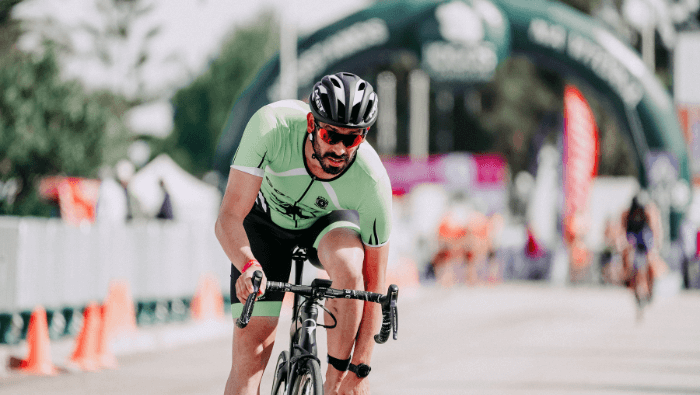
Here are some tips to help you excel during the bike leg:
- The gear: The gear on the towel should be waiting for you in the order you need it. Do everything on top of the towel and dry your feet while you are putting everything else on.
Use a water bottle to rinse your feet. Getting the socks on won’t be easy. Use talc powder on your bike shoes, it will make it easier to get the shoes on.
- Follow proper bike etiquette: Familiarize yourself with the race-specific bike rules and follow proper etiquette.
Keep to the right side of the road and pass on the left. Signal your intentions clearly and communicate with other cyclists to ensure a safe and smooth ride.
Be mindful of draft zones and maintain the appropriate distance behind other riders.
- Monitor your effort and heart rate: Use a heart rate monitor or power meter to gauge your effort level during the bike leg.
Aim to stay within your target heart rate or power zones to optimize your performance. This will help you avoid burning out too early or leaving too much energy unused.
- Hydrate and fuel properly: Regularly hydrate and fuel your body during the bike leg to maintain optimal energy levels.
Use a combination of water and sports drinks to stay hydrated, and consume easily digestible snacks or energy gels to replenish carbohydrates.
Run Leg
The run leg is the final discipline of the triathlon event and often requires mental and physical resilience to push through fatigue and complete the race strong.
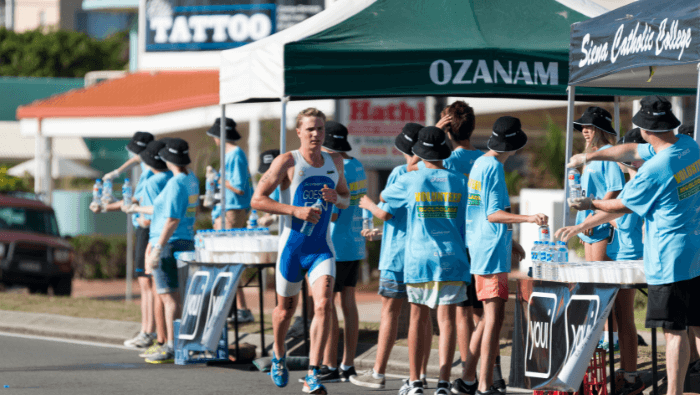
Here are some tips to help you excel during the run leg:
- During the run: Relax and find a comfortable pace. Stay focused, you are almost at the end
Start slower and get faster as you start to loosen up. Keep hydrating whenever you need it. Stay on the right and overtake on the left
- Use the aid stations: Try to use the middle or the end of the aid stations to avoid congestion. Embrace the cheers and support and try to thank the volunteers.
- Finishing the race: Prepare for the finish line with a smile. In the post-race, keep walking to avoid any cramps.
Enjoy the festivities and congratulate yourself, you just finished one of the most grueling multisports events in the world.
Conclusion
Race day is a unique opportunity to challenge yourself, push your limits, and celebrate your progress as a triathlete.
By implementing these triathlon tips for race day, you can optimize your performance and make the most of this thrilling experience.
Remember, your race day journey is as important as the finish line. Embrace the process and enjoy the moment. Good luck!

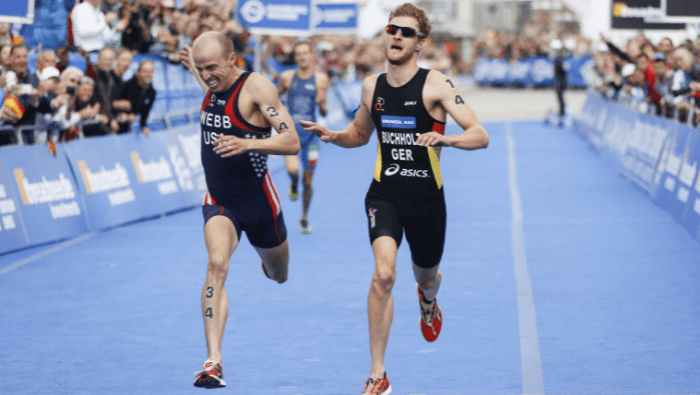
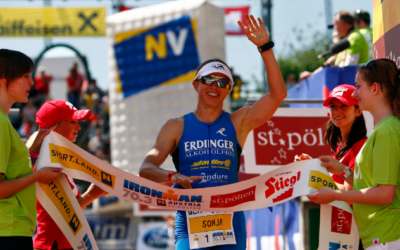
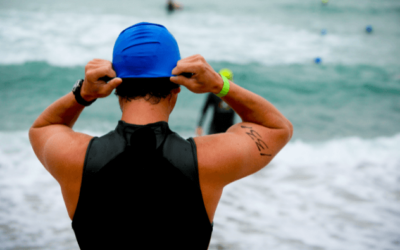

0 Comments